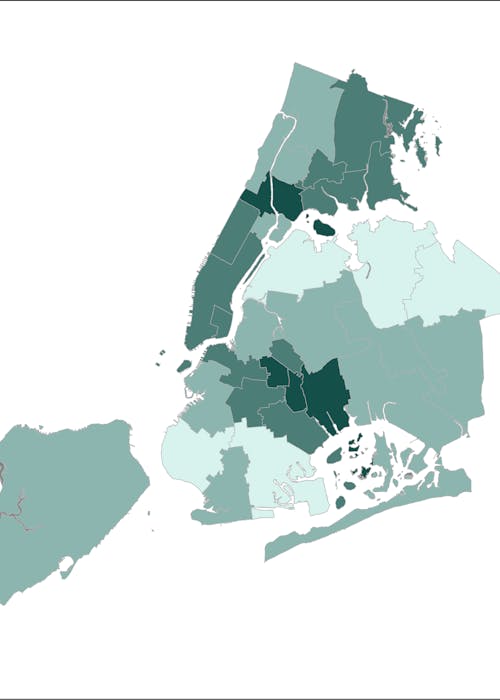

New York City’s Digital Divide: 500,000 NYC households have no internet access when it is more important than ever before
Data Resources
April 24, 2020
One of the most immediate and wide-ranging effects of COVID-19 has been the urgent need for internet access. As New York State continues into another month under stay-at-home orders, the digital realm
has become a necessary space for everything from conducting everyday activities to meeting basic needs. Families experiencing economic and food insecurity must now navigate websites as programs like Food Stamps, Public Assistance, and Unemployment Insurance are processed online. Additionally, great efforts are being made to bring health and behavioral health care services to those in need via telehealth or tele-psychiatry platforms, and public and private school systems have transitioned to remote learning. The digital realm is also essential to accessing critical health and safety updates and helps ensure family members, friends, and colleagues are able to sustain professional and social connections from a distance.
While remaining connected is critical on so many levels, internet access is not universal – more than 500,000 households in New York City lack internet access – and digital inequities are preventing the city’s most vulnerable populations from accessing financial and food supports, education, and needed health and behavioral health services in this time of crisis.
CCC’s data brief on the digital divide examines what is known about access to internet across NYC communities and outlines policy and budget considerations that must be prioritized.







